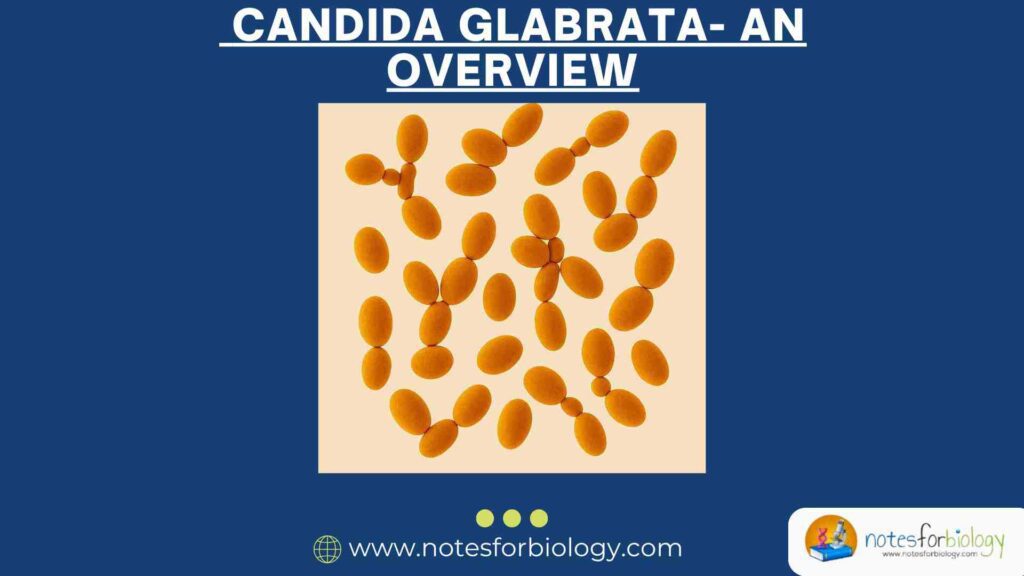Candida glabrata- An Overview
What is Candida glabrata? Candida glabrata is a type of yeast (a fungus) that naturally lives in our body, especially in areas like the mouth, intestines, and urinary tract. In most healthy people, it doesn’t cause any problems. But when someone’s immune system is weak like during cancer treatment, after an organ transplant, or if […]










